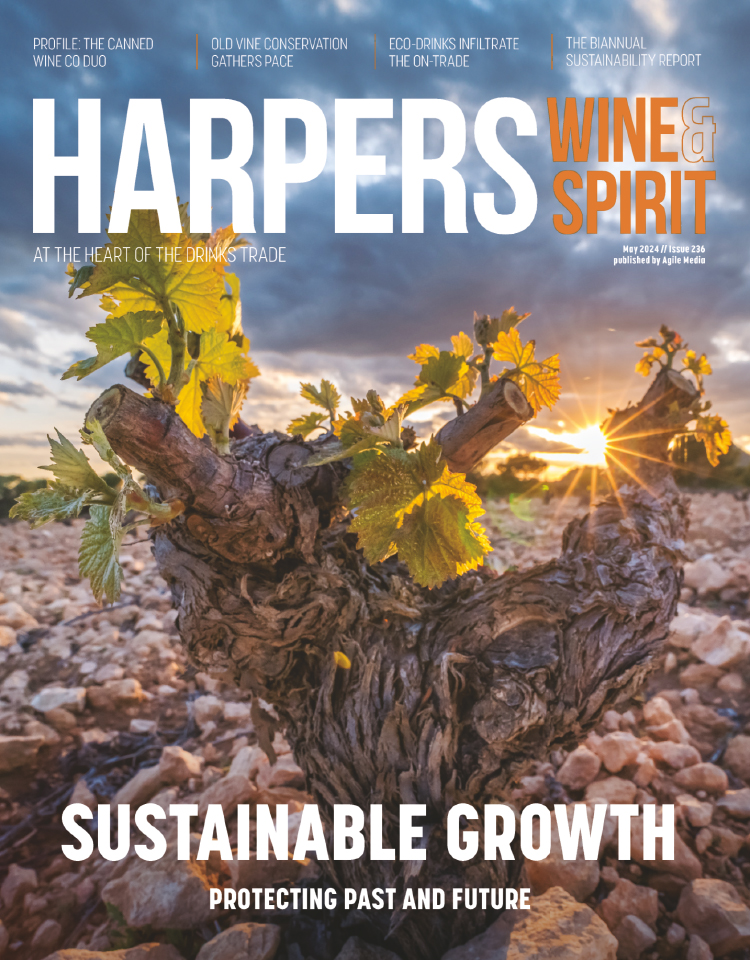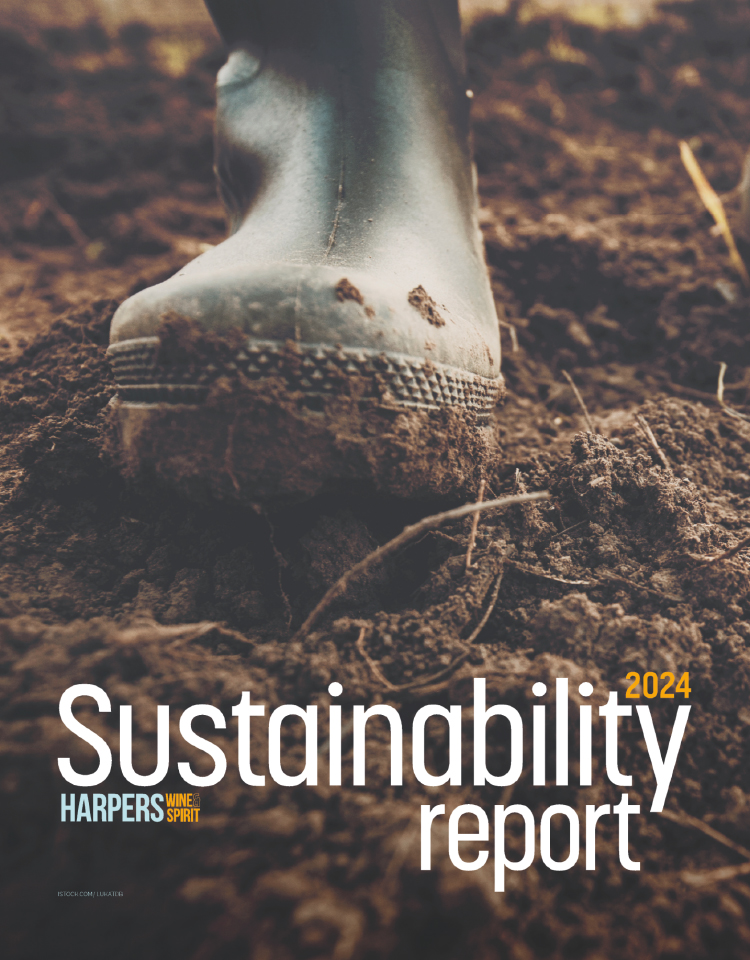Blog: is Bordeaux 2010 the latest in another great trilogy?
Panos Kakaviatos, wine writer, visited key players in the region to take a close look at how Bordeaux's 2010 vintage is stacking up compared with 2009's "miracle" offering.
After having sampled freshly fermenting wines from his Médoc clients, Christophe Coupez of the Centre enologique de Pauillac said they were "black, aromatic and rich" in a report dated October 28.
Bordeaux University oenologist-consultant Nicolas Vivas is particularly charmed by the Merlots: "They are gourmand, like eating cakes with a lot of cream," he said.
He wasn't too concerned by high alcohol levels ? despite some 16% abv Merlots ? because there is "such clarity of fruit and good acidity".
Eric Boissenot, who works with his father Jacques in Lamarque, said alcohol levels were 0.5% abv higher than the year before. Château Mouton-Rothschild's winemaking director Philippe Dhalluin said: "Merlots at 15% abv are not rare, and Cabernet Sauvignons approach 14% abv."
Dhalluin compares 2010 at this very early stage to "1986 or 1996, but probably better".
Here comes the sun
Record sunlight over much of the summer yielded wines rich in anthocyanins, the pigments responsible for colour in wine, said Jean-Claude Berrouet of Pétrus in Pomerol. Sunlight hours surpassed the 20-year average by almost 50% in September: 243 hours as opposed to the average of 182, according to Berrouet.
Such weather led to smaller-than-average berries, concentrated juices and deep colours. By the end of August, the Boissenots worried that if rain did not fall by September 10 they would have had to advise clients to pick at less than full phenolic maturity.
"The vines had started to suffer from lack of water," said Philippe Delfaut of Château Kirwan in Margaux.
Jacques Boissenot said heat was not the problem, but rather the "desert-like conditions". During the week of September 6, 25mm of rain fell across much of the Médoc, and between 15mm and 35mm in Saint-Emilion and Pomerol. Just in time to halt hydric stress, in just enough quantity not to dilute the grapes.
Volumes down
In addition to the drought conditions of 2010, a major difference with 2009 seems to be uneven flowering and fruit-set, because of mixed weather in late May and early June. Merlot was particularly vulnerable to coulure (shatter). The problematic weather did not affect the Cabernet Sauvignons as much, although they suffered along with Merlot from millerandage. At Léoville-Barton, which is planted with about 80% Cabernet Sauvignon and 20% Merlot, Bréhant said the blend could end up having less Merlot than is represented in the vineyard.
It's difficult to say whether 2010 will favour one variety over another. For most observers, the key this year is terroir. "Sites with northern exposures were better in 2010, because they got less sun," says Pascal Delbeck of Château Tour du Pas in St-Georges-St-Emilion. "Cooler soils proved more favourable, too, such as limestone and clay."
The end result will be wines with 14.2% to 14.5% abv.
Taste
At this very early stage, it is difficult for experts to predict how wines will taste. Echoing Vivas's "creamy cakes" description, Berrouet cautioned against extracting too much. "When you have a rich food, you do not want a second serving," he said.
He believes 2010 promises to be a fine follow-up to 2009, "like 1990 was to 1989". The same sentiment was expressed on the Left Bank, as Cuvelier says: "It looks like a great vintage in terms of tannin, colour and alcohol. We have another trilogy (2008/2009/2010 as to 1988/1989/1990)."
But Vivas thinks 2010 will not last as long as 2009. "It will be a vintage that one should drink young; it will be most impressive in its youth," he said.
To read Kakaviatos's full analysis, see this week's Harpers Wine & Spirit magazine, p14.







